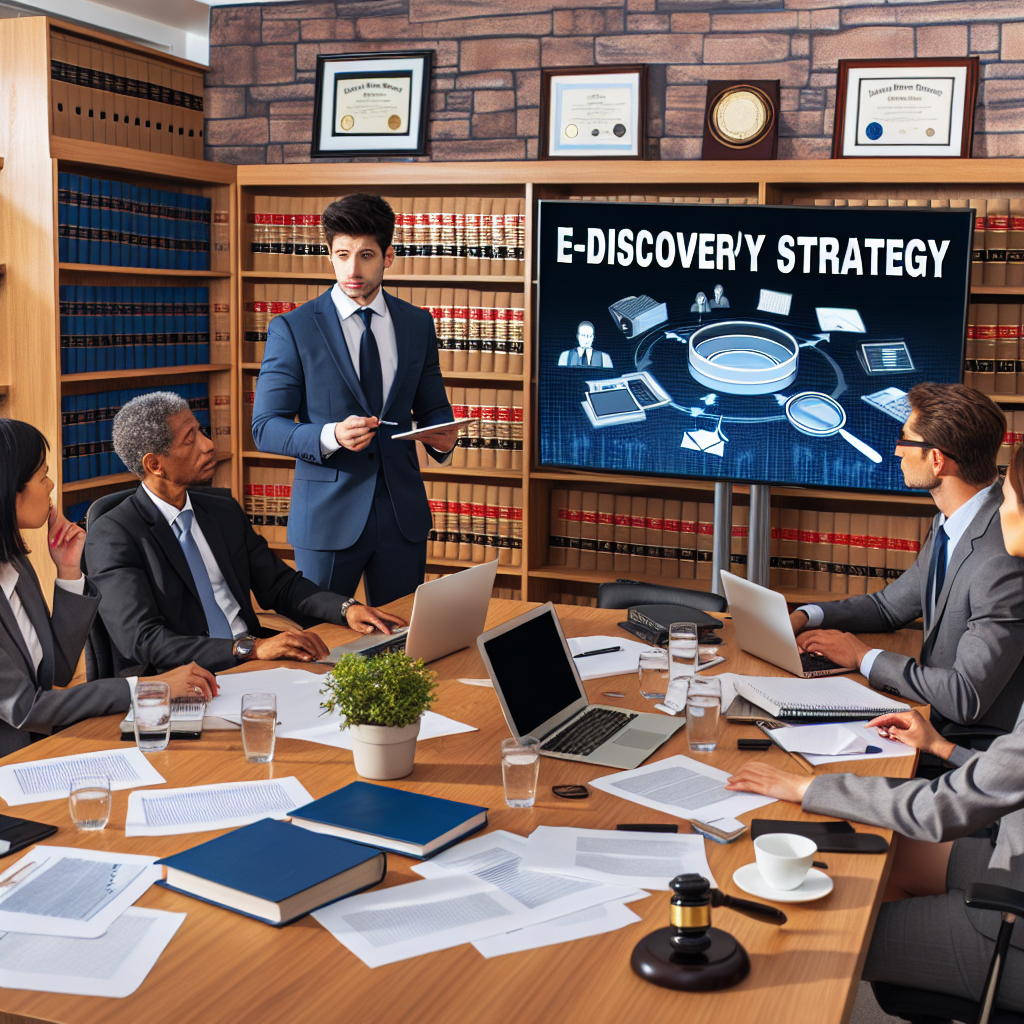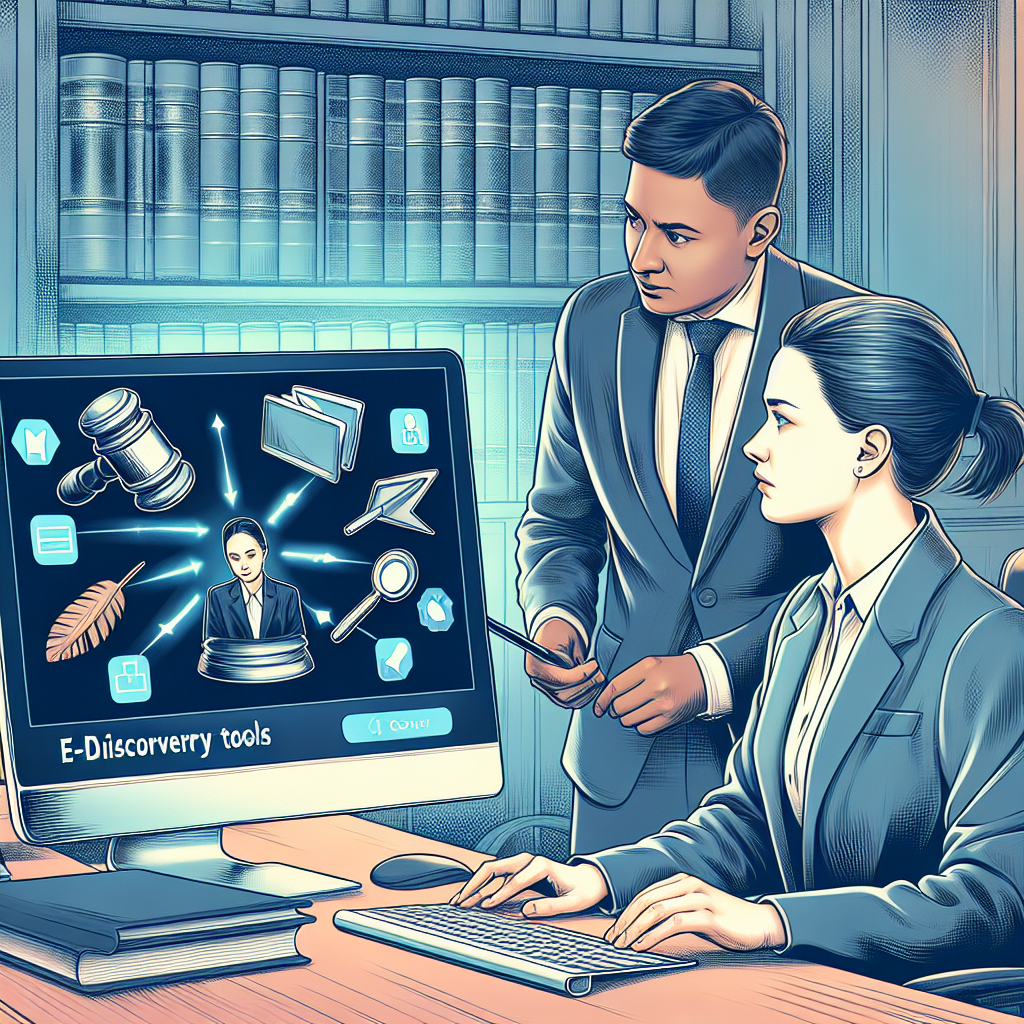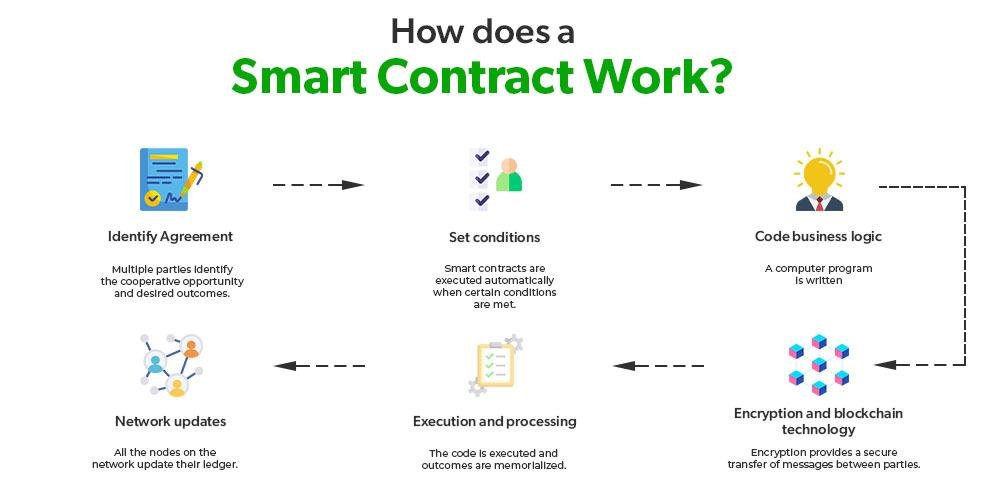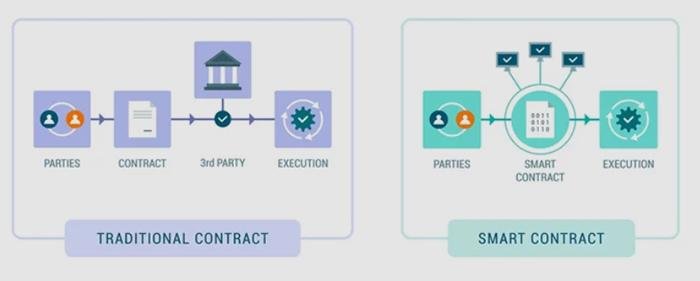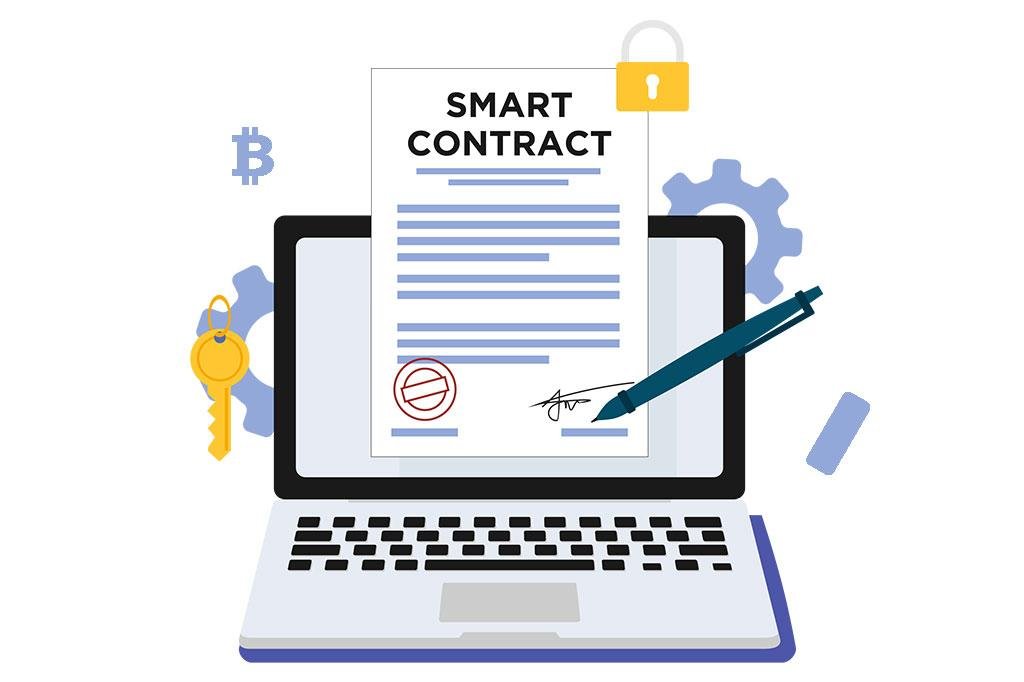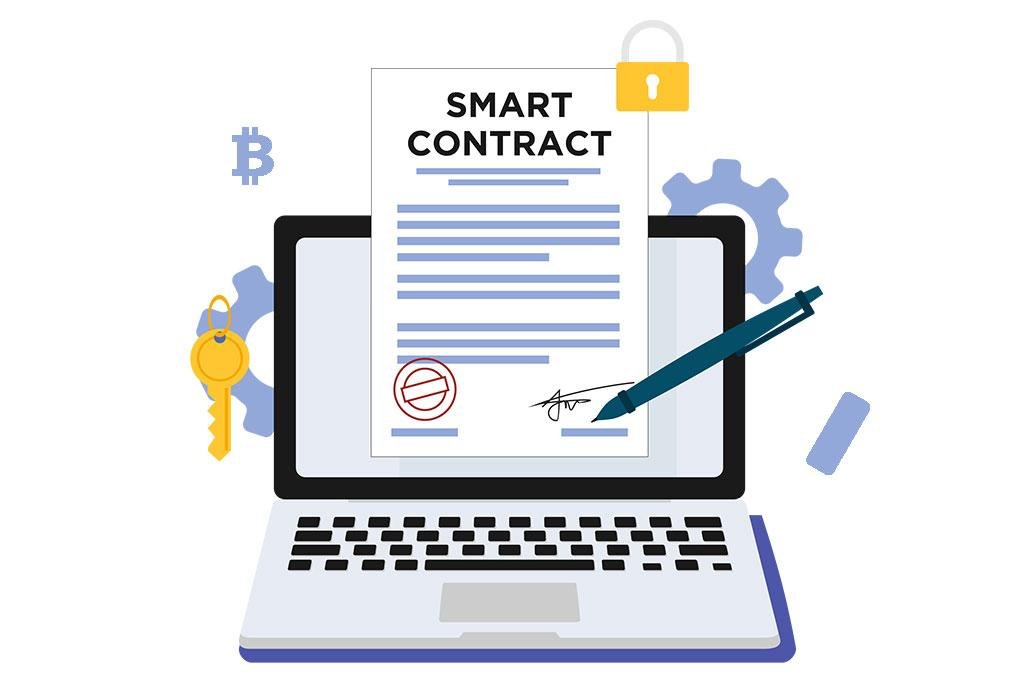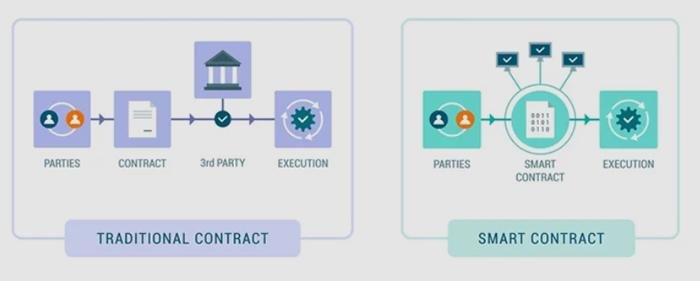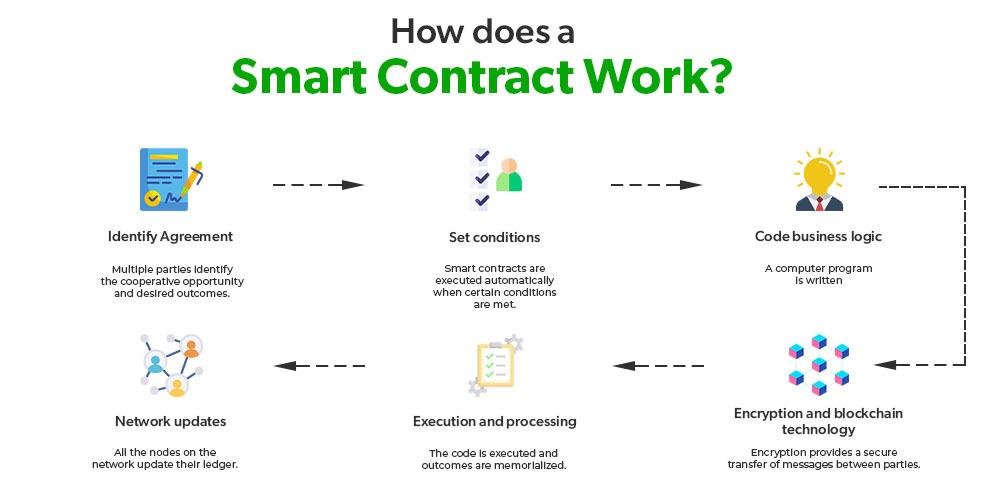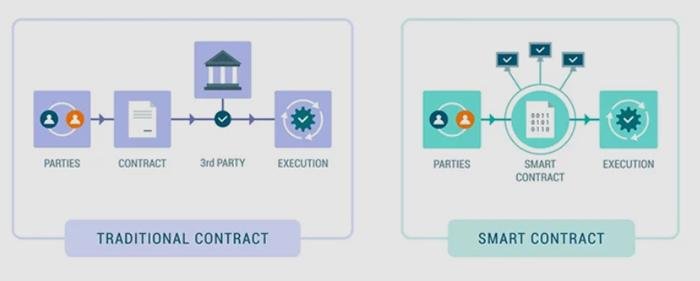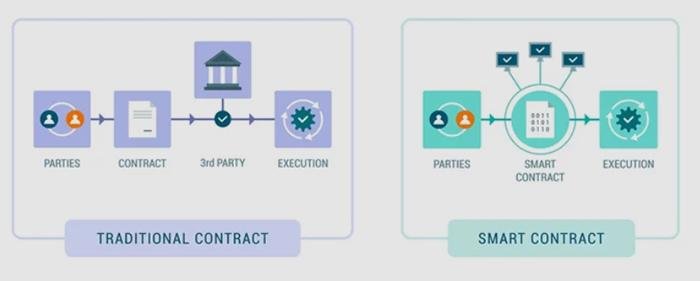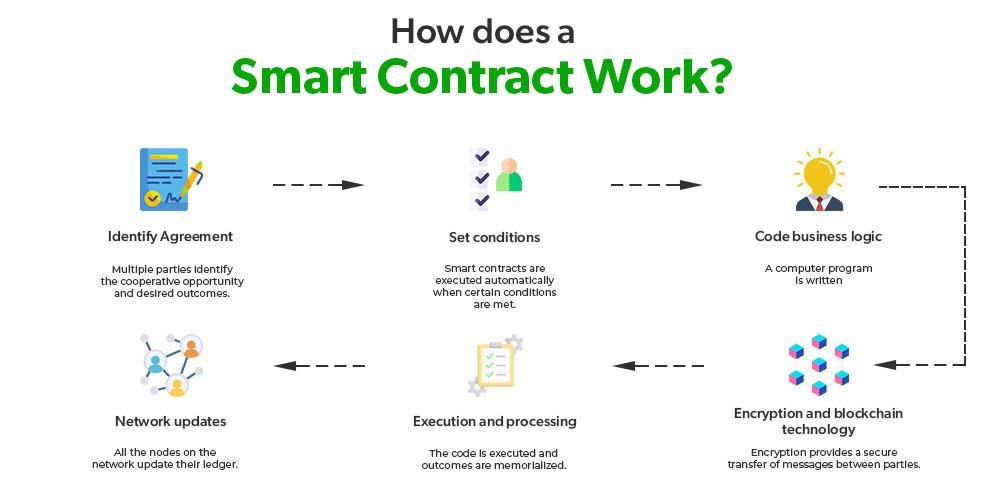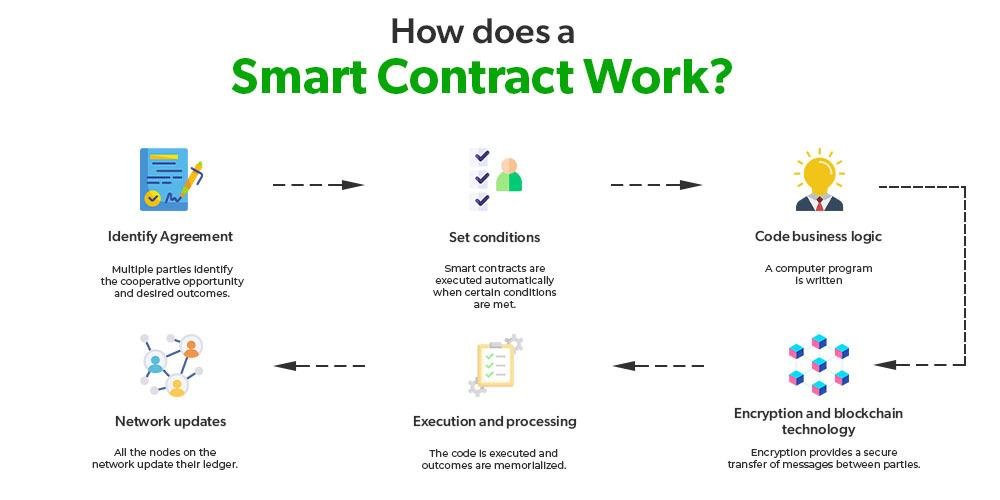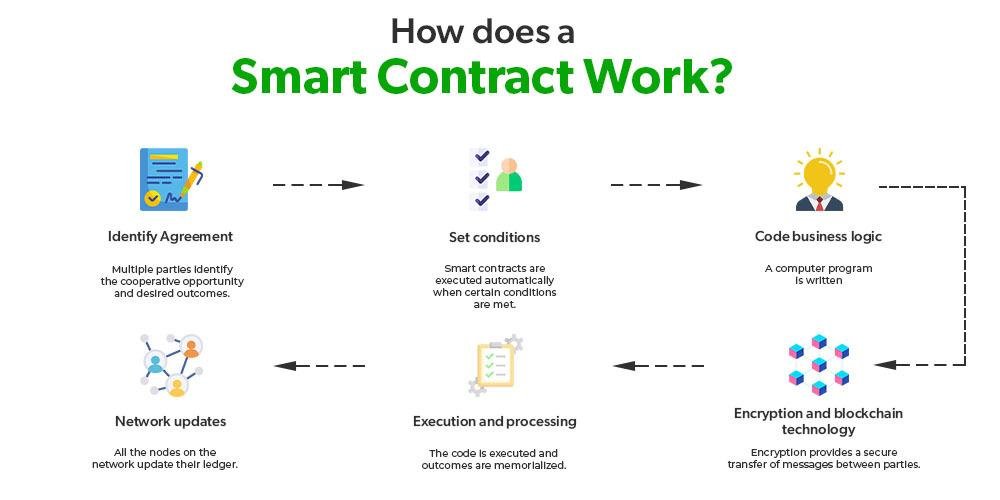Building an Effective E-Discovery Strategy for Law Firms

-
Table of Contents
- Introduction
- Understanding E-Discovery: Key Concepts for Law Firms
- Essential Tools for E-Discovery Management
- Best Practices for Data Collection in E-Discovery
- Navigating Legal Compliance in E-Discovery Processes
- Strategies for Cost-Effective E-Discovery Solutions
- Training Your Team: E-Discovery Skills for Legal Professionals
- Conclusion
Introduction
In today’s digital age, the volume of electronic data generated by individuals and organizations has skyrocketed, making e-discovery an essential component of legal practice. An effective e-discovery strategy is crucial for law firms to efficiently manage, analyze, and present electronic evidence in litigation. This involves not only understanding the legal frameworks governing e-discovery but also implementing robust technological solutions and best practices to streamline the process. By developing a comprehensive e-discovery strategy, law firms can enhance their ability to respond to discovery requests, reduce costs, mitigate risks, and ultimately improve client outcomes. This introduction outlines the key elements necessary for building a successful e-discovery strategy tailored to the unique needs of law firms in a rapidly evolving legal landscape.
Understanding E-Discovery: Key Concepts for Law Firms
In the rapidly evolving landscape of legal practice, understanding e-discovery has become essential for law firms aiming to navigate the complexities of modern litigation. E-discovery, or electronic discovery, refers to the process of identifying, collecting, and producing electronically stored information (ESI) that may be relevant to a legal case. This process encompasses a wide array of data types, including emails, documents, social media content, and even metadata. As the volume of digital information continues to grow exponentially, law firms must develop a comprehensive understanding of key concepts related to e-discovery to effectively manage their cases and uphold their clients’ interests.
One of the foundational elements of e-discovery is the concept of relevance. In legal terms, relevance pertains to the information that can potentially influence the outcome of a case. Law firms must be adept at determining what constitutes relevant ESI, as this will guide their collection and review processes. This determination often requires a nuanced understanding of the case at hand, as well as the ability to anticipate opposing counsel’s strategies. By establishing clear criteria for relevance, law firms can streamline their e-discovery efforts, ensuring that they focus on the most pertinent information while avoiding unnecessary costs and delays.
Another critical aspect of e-discovery is the notion of proportionality. This principle emphasizes the need for law firms to balance the scope of their discovery efforts with the resources available and the stakes involved in the case. In practice, this means that law firms should avoid overly broad requests for information that may lead to excessive costs or burdensome review processes. Instead, they should aim to tailor their discovery requests to align with the specific needs of the case, thereby promoting efficiency and cost-effectiveness. By embracing proportionality, law firms can not only enhance their e-discovery strategies but also foster a more collaborative relationship with opposing counsel and the court.
Moreover, the preservation of ESI is a crucial component of e-discovery that law firms must prioritize. Once litigation is anticipated, it is imperative for firms to implement a legal hold to prevent the destruction or alteration of relevant electronic data. This process involves notifying clients and relevant personnel about their obligation to preserve ESI, as well as establishing protocols for monitoring compliance. Failure to adequately preserve ESI can result in severe consequences, including sanctions or adverse inferences, which can significantly undermine a law firm’s position in a case. Therefore, a proactive approach to preservation is essential for safeguarding clients’ interests and maintaining the integrity of the legal process.
In addition to these foundational concepts, law firms must also be aware of the technological tools available to assist in e-discovery. The advent of advanced software solutions has transformed the way legal professionals manage and analyze ESI. From data analytics to artificial intelligence, these tools can enhance the efficiency of the review process, enabling law firms to sift through vast amounts of information quickly and accurately. By leveraging technology, firms can not only reduce the time and costs associated with e-discovery but also improve the overall quality of their legal work.
Ultimately, a thorough understanding of e-discovery is indispensable for law firms seeking to thrive in today’s digital age. By grasping key concepts such as relevance, proportionality, preservation, and the use of technology, legal professionals can develop effective e-discovery strategies that not only meet the demands of their clients but also uphold the standards of the legal profession. As the landscape of litigation continues to evolve, those who invest in mastering e-discovery will be well-positioned to navigate the challenges and opportunities that lie ahead.
Essential Tools for E-Discovery Management
In the rapidly evolving landscape of legal technology, the importance of an effective e-discovery strategy cannot be overstated. As law firms increasingly rely on digital evidence, the tools they employ to manage this process become critical to their success. Essential tools for e-discovery management not only streamline workflows but also enhance the accuracy and efficiency of legal proceedings. To begin with, a robust e-discovery platform serves as the backbone of any effective strategy. These platforms are designed to handle vast amounts of data, allowing legal professionals to search, filter, and analyze information with remarkable speed. By integrating advanced search capabilities, such as keyword searches and predictive coding, these tools enable attorneys to quickly identify relevant documents, thereby reducing the time and resources spent on manual review.
Moreover, the integration of artificial intelligence (AI) into e-discovery tools has revolutionized the way law firms approach data analysis. AI-driven solutions can learn from previous cases, improving their ability to identify patterns and relevant information. This not only accelerates the review process but also minimizes the risk of human error, which can have significant implications in legal contexts. As a result, law firms that leverage AI technology can gain a competitive edge, ensuring that they remain agile and responsive to the demands of their clients.
In addition to AI, cloud-based e-discovery solutions have become increasingly popular among law firms. These platforms offer the advantage of accessibility, allowing legal teams to collaborate seamlessly, regardless of their physical location. With cloud storage, documents can be securely stored and accessed in real-time, facilitating efficient communication and decision-making. Furthermore, cloud-based tools often come with built-in security features, ensuring that sensitive information is protected against unauthorized access. This aspect is particularly crucial in an era where data breaches are a growing concern.
Transitioning from the tools themselves, it is essential to consider the role of project management software in e-discovery. Effective project management is vital for coordinating the various stages of the e-discovery process, from initial data collection to final production. By utilizing project management tools, law firms can assign tasks, set deadlines, and monitor progress, ensuring that all team members are aligned and accountable. This level of organization not only enhances productivity but also fosters a culture of collaboration, which is essential in complex legal matters.
Furthermore, training and support for these tools cannot be overlooked. As technology continues to advance, law firms must invest in ongoing education for their staff. This includes not only training on how to use specific e-discovery tools but also understanding the broader implications of data management and compliance. By fostering a culture of continuous learning, firms can ensure that their teams are well-equipped to navigate the complexities of e-discovery, ultimately leading to better outcomes for their clients.
In conclusion, building an effective e-discovery strategy for law firms hinges on the selection and implementation of essential tools. From advanced e-discovery platforms and AI-driven solutions to cloud-based storage and project management software, each component plays a vital role in enhancing the efficiency and accuracy of the e-discovery process. By prioritizing training and support, law firms can empower their teams to leverage these tools effectively, ensuring that they remain competitive in an increasingly digital legal landscape. As the demands of clients evolve, so too must the strategies employed by legal professionals, making the thoughtful integration of technology an indispensable aspect of modern legal practice.
Best Practices for Data Collection in E-Discovery

In the realm of e-discovery, the process of data collection stands as a critical component that can significantly influence the outcome of legal proceedings. As law firms navigate the complexities of electronic data, implementing best practices for data collection becomes essential to ensure both compliance and efficiency. To begin with, understanding the scope of the data required is paramount. This involves not only identifying the relevant custodians but also determining the types of data that may be pertinent to the case. By conducting thorough interviews with key personnel, legal teams can gain insights into the data landscape, which aids in formulating a targeted collection strategy.
Once the scope is defined, the next step involves selecting the appropriate tools and technologies for data collection. The market offers a variety of e-discovery software solutions that can streamline the process, allowing for the efficient gathering of data from multiple sources, including emails, documents, and social media. It is crucial for law firms to choose tools that not only meet their specific needs but also comply with legal standards and best practices. This ensures that the collected data is admissible in court and maintains its integrity throughout the process.
Moreover, establishing a clear protocol for data collection is vital. This protocol should outline the steps to be taken, the roles and responsibilities of team members, and the methods for preserving data integrity. By adhering to a well-defined protocol, law firms can minimize the risk of data loss or corruption, which could jeopardize the case. Additionally, documenting each step of the collection process serves as a safeguard, providing a clear audit trail that can be referenced if questions arise regarding the handling of the data.
As the data collection process unfolds, it is essential to remain vigilant about potential challenges that may arise. For instance, the presence of disparate data sources can complicate the collection process. To address this, law firms should consider employing a centralized data repository that consolidates information from various platforms. This not only simplifies the collection process but also enhances the ability to conduct thorough analyses of the data, ultimately leading to more informed legal strategies.
Furthermore, collaboration with IT professionals is crucial during the data collection phase. Their expertise can prove invaluable in navigating technical challenges and ensuring that data is collected in a manner that preserves its authenticity. By fostering a collaborative environment between legal and IT teams, law firms can enhance their data collection efforts and mitigate potential risks associated with electronic evidence.
In addition to technical considerations, law firms must also be mindful of the legal and ethical implications of data collection. Adhering to privacy laws and regulations is non-negotiable, as failure to do so can result in severe penalties and damage to the firm’s reputation. Therefore, it is essential to stay informed about the evolving legal landscape surrounding data privacy and e-discovery. This knowledge not only aids in compliance but also builds trust with clients, who expect their sensitive information to be handled with the utmost care.
Ultimately, building an effective e-discovery strategy hinges on the meticulous execution of data collection practices. By defining the scope, utilizing appropriate tools, establishing clear protocols, collaborating with IT, and adhering to legal standards, law firms can enhance their e-discovery efforts. As the digital landscape continues to evolve, staying ahead of best practices in data collection will empower law firms to navigate the complexities of e-discovery with confidence and precision, ultimately leading to more favorable outcomes for their clients.
Navigating Legal Compliance in E-Discovery Processes
In the rapidly evolving landscape of legal technology, navigating legal compliance in e-discovery processes has become a critical concern for law firms. As the volume of electronically stored information (ESI) continues to grow exponentially, the need for a robust e-discovery strategy that adheres to legal standards is paramount. Law firms must not only understand the intricacies of e-discovery but also ensure that their processes align with the regulatory frameworks governing data management and privacy.
To begin with, it is essential for law firms to familiarize themselves with the relevant laws and regulations that impact e-discovery. This includes understanding the Federal Rules of Civil Procedure (FRCP) in the United States, which outline the obligations of parties in litigation regarding the preservation and production of ESI. Compliance with these rules is not merely a matter of following procedures; it requires a proactive approach to identifying and managing data that may be subject to discovery. By establishing clear protocols for data preservation, law firms can mitigate the risk of spoliation, which can lead to severe legal consequences, including sanctions.
Moreover, as firms navigate the complexities of e-discovery, they must also consider the implications of data privacy laws, such as the General Data Protection Regulation (GDPR) in Europe and various state-level regulations in the U.S. These laws impose strict requirements on how personal data is collected, stored, and processed. Consequently, law firms must implement measures to ensure that their e-discovery practices do not inadvertently violate these regulations. This may involve conducting thorough data mapping exercises to identify where sensitive information resides and ensuring that appropriate safeguards are in place to protect it during the e-discovery process.
In addition to understanding legal requirements, law firms should invest in technology that enhances their e-discovery capabilities while ensuring compliance. Advanced e-discovery tools can streamline the process of collecting, reviewing, and producing ESI, thereby reducing the risk of human error. However, it is crucial that these tools are configured to comply with legal standards. For instance, firms should ensure that their e-discovery software includes features for data encryption, access controls, and audit trails, which can help maintain the integrity and confidentiality of sensitive information.
Furthermore, training and education play a vital role in fostering a culture of compliance within law firms. By providing ongoing training for attorneys and staff on e-discovery best practices and legal obligations, firms can empower their teams to make informed decisions throughout the e-discovery process. This not only enhances compliance but also promotes a collaborative environment where everyone understands their role in safeguarding client data.
As law firms continue to adapt to the digital age, they must also remain vigilant about emerging trends and changes in the legal landscape. Regularly reviewing and updating e-discovery policies and procedures is essential to ensure ongoing compliance. This may involve staying informed about new case law, regulatory changes, and technological advancements that could impact e-discovery practices.
In conclusion, navigating legal compliance in e-discovery processes requires a multifaceted approach that encompasses a thorough understanding of relevant laws, the implementation of advanced technology, and a commitment to ongoing education. By prioritizing compliance, law firms can not only protect themselves from potential legal pitfalls but also enhance their overall e-discovery strategy, ultimately leading to more effective and efficient legal representation for their clients. As the legal environment continues to evolve, those firms that proactively address compliance challenges will be better positioned to thrive in the competitive landscape of legal services.
Strategies for Cost-Effective E-Discovery Solutions
In the rapidly evolving landscape of legal technology, law firms are increasingly recognizing the importance of developing cost-effective e-discovery strategies. As the volume of electronically stored information (ESI) continues to grow exponentially, the challenge of managing this data efficiently and economically becomes paramount. To navigate this complex terrain, law firms must adopt a multifaceted approach that not only addresses the immediate needs of e-discovery but also aligns with their long-term operational goals.
One of the foundational strategies for achieving cost-effective e-discovery solutions is the implementation of a well-defined data management policy. By establishing clear protocols for data retention, classification, and deletion, firms can significantly reduce the volume of data that needs to be processed during e-discovery. This proactive approach not only minimizes costs associated with data storage and retrieval but also streamlines the overall e-discovery process. Furthermore, regular audits of data management practices can help identify redundant or obsolete information, allowing firms to maintain a leaner and more efficient data repository.
In addition to robust data management policies, leveraging technology plays a crucial role in enhancing the cost-effectiveness of e-discovery efforts. The adoption of advanced e-discovery tools, such as artificial intelligence and machine learning algorithms, can automate many of the time-consuming tasks traditionally associated with e-discovery, such as document review and data analysis. By utilizing these technologies, law firms can significantly reduce the manpower required for e-discovery, thereby lowering labor costs and expediting the overall process. Moreover, these tools can improve accuracy and consistency in document review, which can lead to better outcomes in litigation.
Collaboration with clients is another essential strategy for managing e-discovery costs effectively. By engaging clients early in the process, law firms can gain a clearer understanding of the specific data that is relevant to a case. This collaborative approach not only helps in identifying key documents more efficiently but also allows for better planning and resource allocation. Additionally, involving clients in discussions about e-discovery can foster transparency and trust, ultimately leading to a more productive attorney-client relationship.
Furthermore, law firms should consider adopting a phased approach to e-discovery. By breaking down the e-discovery process into manageable stages, firms can prioritize their efforts and allocate resources more effectively. This strategy allows for early case assessment, enabling firms to identify critical documents and issues before committing significant resources to the entire e-discovery process. By focusing on the most relevant data first, firms can avoid unnecessary expenses and ensure that their e-discovery efforts are aligned with the overall case strategy.
Finally, continuous training and education for legal professionals within the firm are vital components of a cost-effective e-discovery strategy. As technology and regulations evolve, staying informed about the latest developments in e-discovery practices is essential. By investing in ongoing training, law firms can equip their teams with the knowledge and skills necessary to navigate the complexities of e-discovery efficiently. This not only enhances the firm’s capabilities but also fosters a culture of innovation and adaptability.
In conclusion, building an effective e-discovery strategy that emphasizes cost-effectiveness requires a comprehensive approach that integrates data management, technology, client collaboration, phased processes, and continuous education. By adopting these strategies, law firms can not only manage their e-discovery efforts more efficiently but also position themselves for success in an increasingly competitive legal landscape. As the demands of e-discovery continue to evolve, those firms that proactively embrace these strategies will be better equipped to meet the challenges ahead while delivering value to their clients.
Training Your Team: E-Discovery Skills for Legal Professionals
In the rapidly evolving landscape of legal technology, the importance of training legal professionals in e-discovery skills cannot be overstated. As law firms increasingly rely on digital evidence to support their cases, equipping team members with the necessary knowledge and tools becomes paramount. This training not only enhances the efficiency of the e-discovery process but also ensures that legal professionals can navigate the complexities of electronic data with confidence and precision.
To begin with, understanding the fundamentals of e-discovery is essential for all team members involved in the process. This includes grasping the legal framework surrounding e-discovery, such as the Federal Rules of Civil Procedure, which govern the discovery of electronically stored information (ESI). By familiarizing themselves with these regulations, legal professionals can better appreciate the implications of their actions and decisions during the e-discovery process. Furthermore, a solid foundation in the types of ESI—ranging from emails and documents to social media content—enables team members to identify relevant data sources effectively.
As the training progresses, it is crucial to delve into the technical aspects of e-discovery. Legal professionals must become adept at using e-discovery software and tools that facilitate the collection, processing, and review of electronic data. This includes understanding how to conduct keyword searches, apply filters, and utilize analytics to uncover patterns within large datasets. By mastering these technical skills, team members can significantly reduce the time and resources spent on e-discovery, ultimately leading to more favorable outcomes for clients.
Moreover, fostering a collaborative environment during training sessions can enhance the learning experience. Encouraging team members to share their insights and experiences with e-discovery can lead to a richer understanding of the challenges and best practices associated with the process. This collaborative approach not only builds camaraderie among team members but also promotes a culture of continuous learning, which is vital in an industry that is constantly evolving.
In addition to technical skills, training should also emphasize the importance of data security and privacy. Legal professionals must be aware of the ethical considerations surrounding the handling of sensitive information, particularly in light of increasing data breaches and privacy regulations. By instilling a strong sense of responsibility regarding data protection, law firms can mitigate risks and maintain their clients’ trust.
Furthermore, as e-discovery often involves working with external vendors and consultants, training should include guidance on effective communication and collaboration with these third parties. Understanding how to manage relationships with e-discovery service providers can streamline the process and ensure that all parties are aligned in their objectives. This aspect of training is particularly important, as it fosters a sense of teamwork that extends beyond the confines of the law firm.
Finally, ongoing training and professional development should be a priority for law firms committed to maintaining a competitive edge in e-discovery. As technology continues to advance, so too must the skills of legal professionals. Regular workshops, webinars, and certification programs can help ensure that team members remain up-to-date with the latest trends and tools in e-discovery. By investing in their team’s growth, law firms not only enhance their e-discovery capabilities but also position themselves as leaders in the legal industry.
In conclusion, building an effective e-discovery strategy hinges on the training and development of legal professionals. By focusing on foundational knowledge, technical skills, collaboration, data security, and ongoing education, law firms can create a team that is well-equipped to tackle the challenges of e-discovery. This investment in training ultimately leads to improved efficiency, better client outcomes, and a stronger reputation in the legal marketplace.
Conclusion
An effective e-discovery strategy for law firms is essential for managing the complexities of digital evidence in legal proceedings. By implementing a comprehensive plan that includes clear protocols for data collection, preservation, and analysis, law firms can enhance their efficiency and accuracy in handling electronic information. Investing in the right technology, training staff, and ensuring compliance with legal standards will not only streamline the e-discovery process but also mitigate risks associated with data breaches and mismanagement. Ultimately, a well-structured e-discovery strategy positions law firms to better serve their clients and maintain a competitive edge in an increasingly digital legal landscape.





















